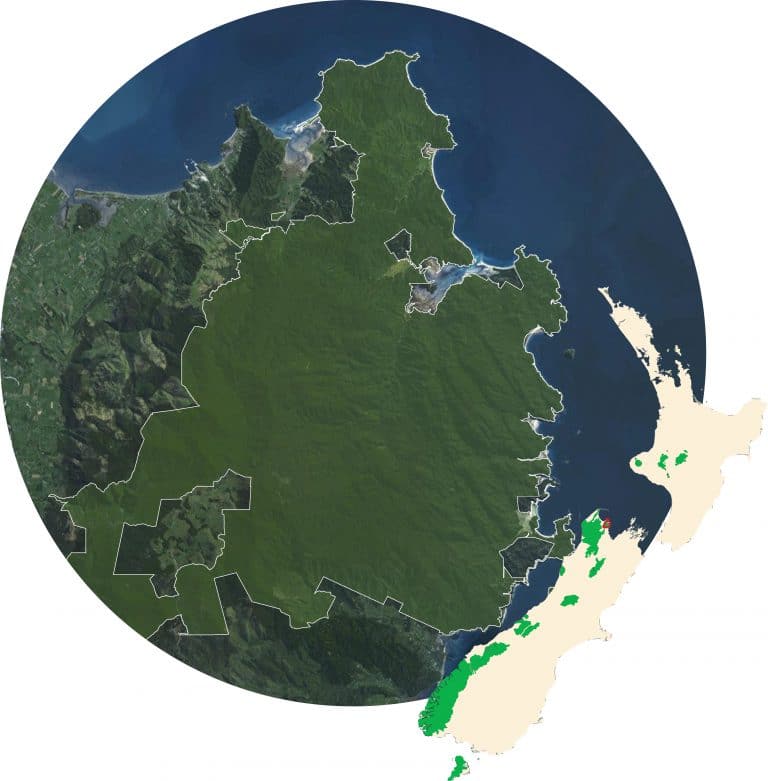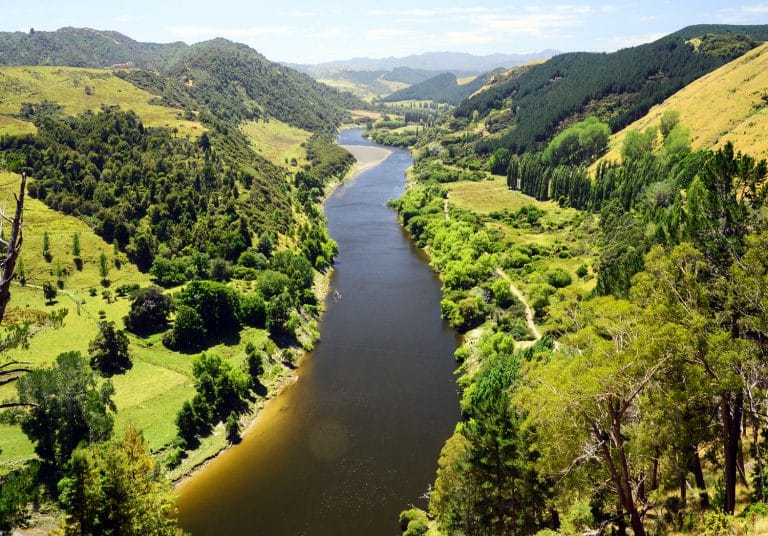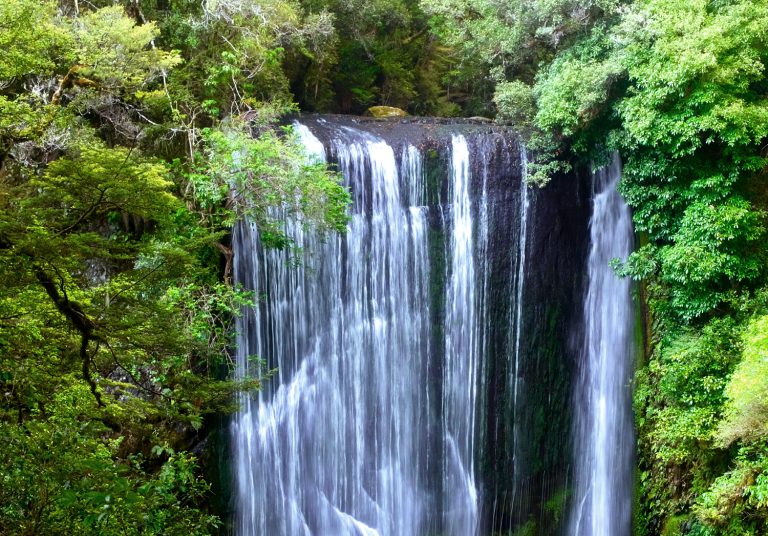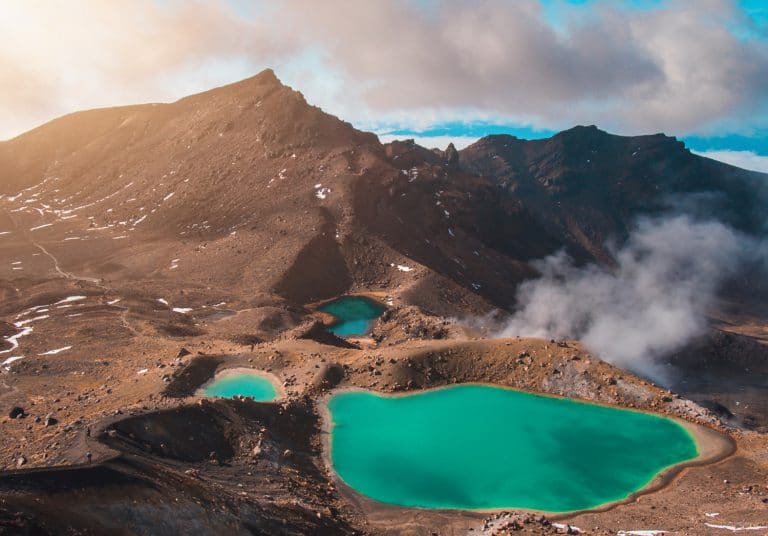The Whanganui River is an ever-present life force for the North Island of New Zealand. Of great historic importance, the river is one of the most culturally significant bodies of water in the country. Maori of Whanganui iwi have long believed that the river is…
The First Europeans
Abel Tasman National Park is named after the captain of the first European vessels to reach New Zealand. In 1642 the Dutch Sailor Abel Tasman anchored in what is now known as Golden Bay. Tasman sent some crew in a small boat to make landfall. However before they could make it shore the crew was confronted by a group of Maori who were distressed by what they believed to be fair-skinned ghosts approaching them. A conflict ensued after one of the Dutch sailors fired his gun, and four sailors were subsequently killed. Tasman named the place Murderers Bay and sailed north without ever having set foot on land.
Isaac Gilsemans - A view of the Murderers’ Bay, as you are at anchor here in 15 fathom, 1642 - Image © National Library of New Zealand




